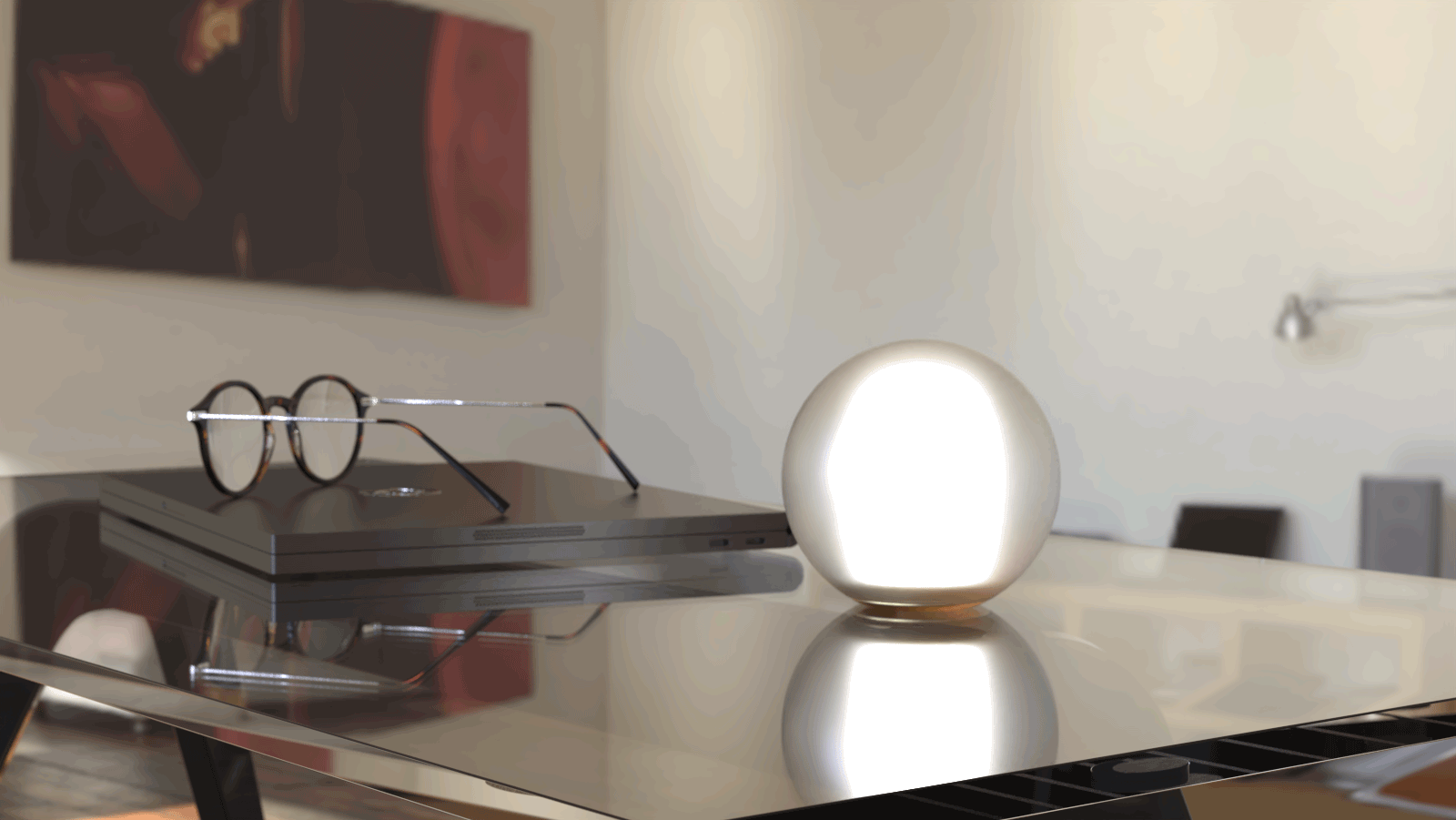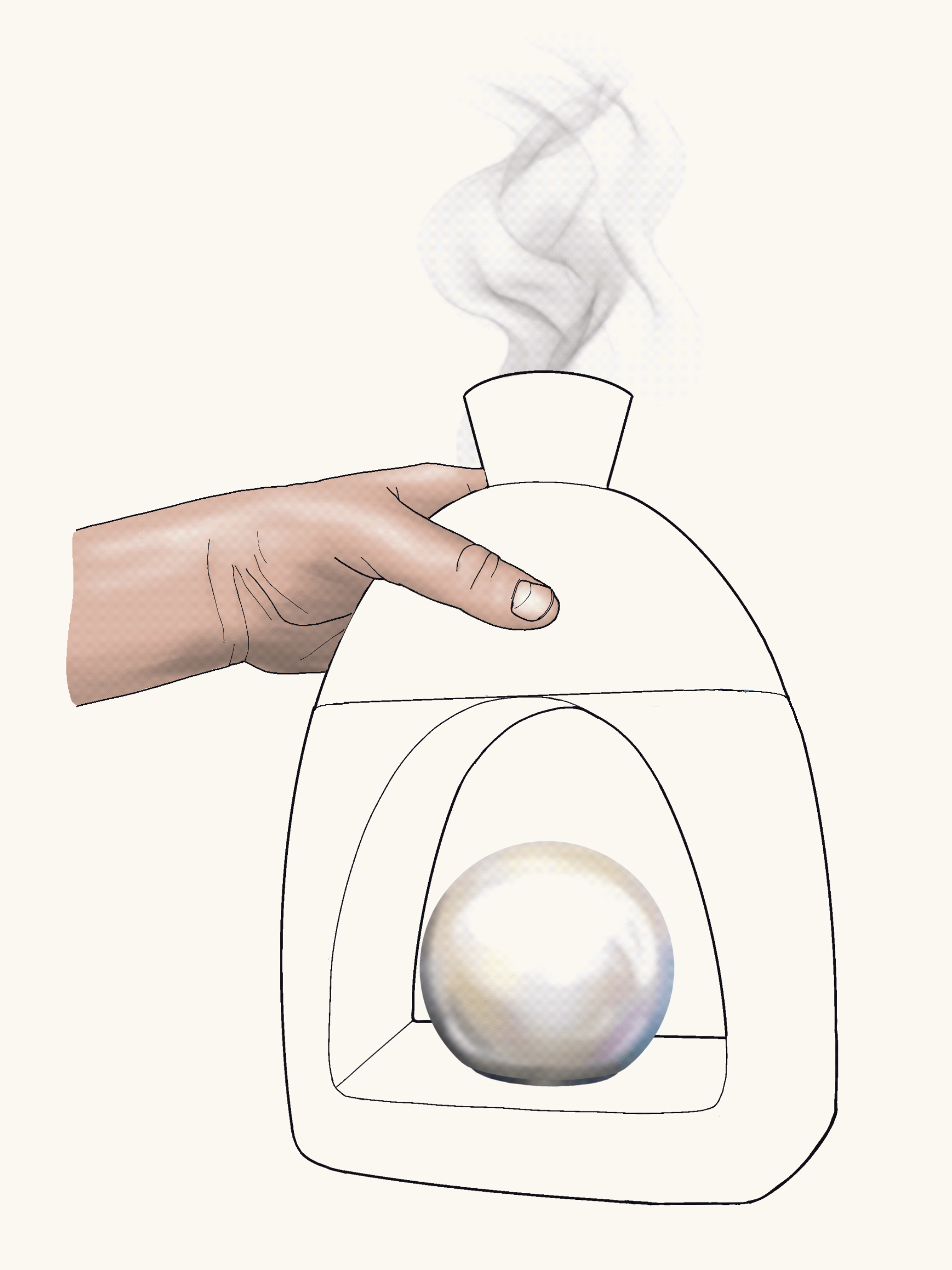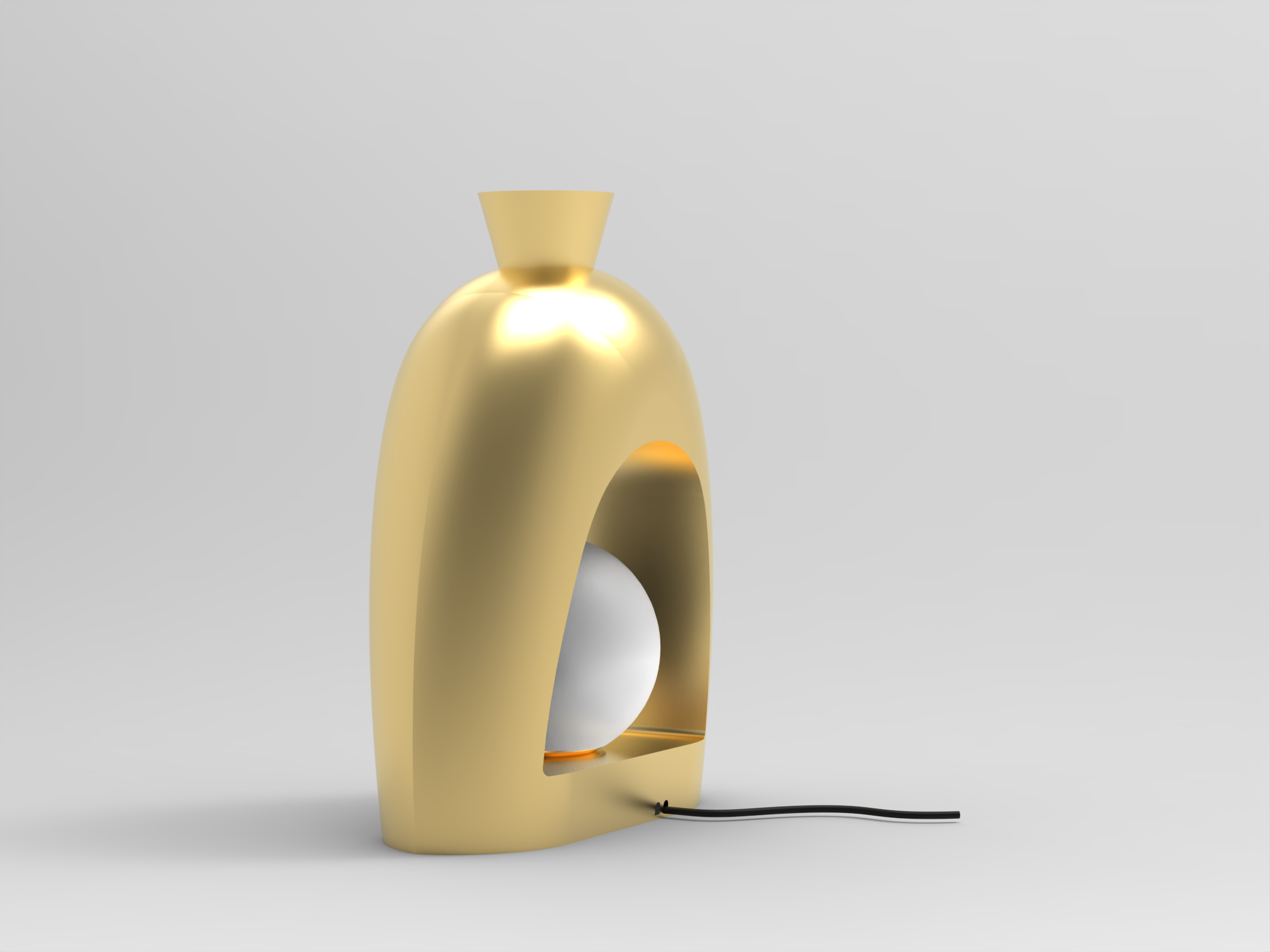
The Problem
According to a 2019 survey from the Substance Abuse and Mental Health Services Administration, around 1 in 5 US adults experience a mental health condition, but less than half of these individuals receive treatment. While data is still being collected about the impact of the pandemic on these numbers, early indicators have shown a large jump, such 634% increase in anxiety screenings and a jump of 873% in depression screenings.
With demand already being high, these problems are only going to become exasperated. While this device is NOT meant to replace professional treatment, grounding has been shown to help individuals going through mental health issues, including PTSD and anxiety.
A grounding exercise is a therapeutic exercise that prioritizes on focusing on your body in the moment using mindfulness.
There are many different methods, including focusing on strong smells, focusing on each sense, or describing objects around you.
The Process
For my thesis project, I wanted to help improve the lives of individuals who struggle with their mental health. I sat down and brainstormed project ideas, researching frameworks that are recommended to individuals who struggle with their mental health. From here, I decided to create a device that would help individuals with grounding exercises.
Important questions that guided my outcome
Brainstorm of possible times throughout the day to use a mental health tool
Ideation of possible interactions
Mood board after I decided on creating a light
Going off grounding, I sat down and did some reflections on meditation and mindfulness. This included thinking about when throughout their day do people need to take a break and breathe? What are items people pass daily that they would have time to stop and have a mindfulness moment? I then ideated off of these questions and thought about how to engage different senses. At this point, I came to the idea of a mindfulness light that would have a grounding exercise to turn on and off.

Interaction brainstorm through sketches

Asking myself "How might we create light in a household setting?"

Interaction brainstorm through sketches
Soon after this brainstorming, I went to several seminars to be trained in Mental Health First Aid Intervention for Youths and Mental Health First Aid for Adults. While both trainings didn’t have a direct influence on my project, they definitely had an indirect effect on my empathy for potential users.
At this point in the project, I was also able to have discussions with subject matter experts. I was then able to interview several potential users, and one of the big takeaways is that the device should be portable. The portability would allow someone to use the product throughout their day, rather than just when they near something stationary.

From here, I started prototyping the form. My first time playing with the form was with tiny paper clay models. I decided I wanted the actual light part to be an orb-like shape because of the portability and the idea of it being your “guiding light” and the planetary connection. From there, I made an orb out of sheets of semi-transparent plastic and tried to decide on what the stand/charging port should look like.



I also did some sketches to play with 3 possible forms. Should the orb itself have a stand attached to it? Or should it be removable with the dock being a stand? While this was going on, I was doing material tests.
The clear, flexible filament kept failing. For example, this print was supposed to start with the black PLA and slowly shift to the flexible filament. It would stop printing after a certain layer.
I tested some pourable silicone that was meant for making resin molds. I 3D printed a mold for the silicone and tested it. While the translucency was correct, the consistency was too thin, and it kept sticking to itself.
My color mixing printer was perfect for my translucency. For the final orb, I was able to color mix a clear PLA with a white, giving the plastic the perfect translucency.
For the light of the model, I found little electric tea lights that were bright enough for what I needed and were the perfect size to fit in the bottom of the orb.

Then I did some user testing for the size of the orb. I cut 5 different sphere-like shapes out of memory foam and user-tested it with two individuals. One of the individuals has tiny hands, while the other’s hands are quite large. My final size was in between the two sizes that both users liked. With this decision, I got into Fusion360 and modeled the design of the orb. With the orb design done, I moved onto the charging station.
For the charging station, I wanted the design to work as an individual product along with the light. To incorporate the grounding aspect, I decided to add an essential oil diffuser to it, which would incorporate more senses to the product. It was suggested that I make the orb wirelessly charge, which would help make it easier to quickly grab for use.




I did a bunch of quick sketches of half of the vase, trying to decide on the form. I then did several models in Fusion360 to play with the form, and I did go back to sketching to play with curves. Then I modeled the finished form on Fusion. After this, I was able to model mockups on Keyshot, showing a bit of the interaction.





















